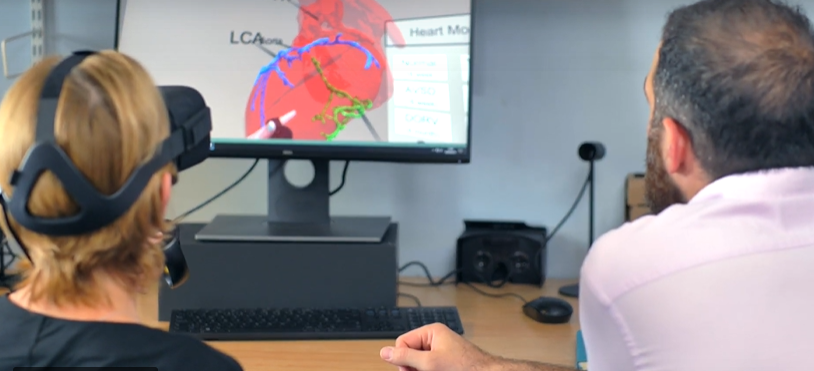Imagine the benefits if a clinical team can view a patient’s heart in a realistic 3D model before surgery. Now imagine if that surgery is being conducted on a child. Such technology can not only enhance the education of medical students and young doctors, but also improve communication with the families whose children are undergoing these procedures.
Claudio Capelli is part of a team at University College London and Great Ormond Street Hospital that is using revolutionary digital modeling technology to transform the treatment of children suffering from rare congenital heart conditions. In short: they are bringing technology into the clinical world to provide better and safer treatment to their young patients.

Capelli’s team supports kids who for were born with extremely complex and rare congenital heart conditions and, as such, require personalized treatments. By creating highly realistic virtual models of these hearts, they now have the ability to predict the best treatment. They are also getting close to being able to simulate a complex cardiovascular procedure before entering the surgical theater in order to fully understand the challenges of a particular surgical intervention and to select the best tailored solution for each specific heart.
Funding for this project – called 3D CARE – is provided by a grant from La Fondation Dassault Systèmes, the cardiovascular engineering team at Great Ormond Street Hospital for Children and UCL Institute of Cardiovascular Science. You can discover more about what drives Capelli in a video below, and in a story in our Compass magazine.

